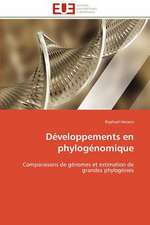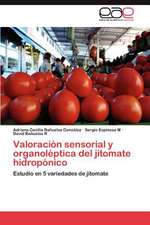Experimental Design for the Life Sciences
Autor Graeme D. Ruxton, Nick Colegraveen Limba Engleză Paperback – 9 iun 2016
Preț: 280.61 lei
Nou
Puncte Express: 421
Preț estimativ în valută:
53.71€ • 58.36$ • 45.15£
53.71€ • 58.36$ • 45.15£
Carte disponibilă
Livrare economică 31 martie-14 aprilie
Livrare express 14-20 martie pentru 30.24 lei
Preluare comenzi: 021 569.72.76
Specificații
ISBN-13: 9780198717355
ISBN-10: 0198717350
Pagini: 224
Ilustrații: 35 b/w illustrations
Dimensiuni: 193 x 246 x 11 mm
Greutate: 0.39 kg
Ediția:4
Editura: OUP OXFORD
Colecția OUP Oxford
Locul publicării:Oxford, United Kingdom
ISBN-10: 0198717350
Pagini: 224
Ilustrații: 35 b/w illustrations
Dimensiuni: 193 x 246 x 11 mm
Greutate: 0.39 kg
Ediția:4
Editura: OUP OXFORD
Colecția OUP Oxford
Locul publicării:Oxford, United Kingdom
Recenzii
Review from previous edition This is an excellent book for learning how to approach the design of experimental and, indeed, observational work. It avoids the usual inclusion of statistical detail that turns many students off while retaining all the key issues that are necessary for planning studies that produce good science. I commend this book to all those who struggle to get students to think seriously about designing good scientific studies.
I think it is splendid; it is the sort of short and concise text which students remember for a long time and which they hang on to long after the course is passed.
A well-presented, clearly argued, concise and witty introduction to one of the most important topics in the life sciences.
I think it is splendid; it is the sort of short and concise text which students remember for a long time and which they hang on to long after the course is passed.
A well-presented, clearly argued, concise and witty introduction to one of the most important topics in the life sciences.

























